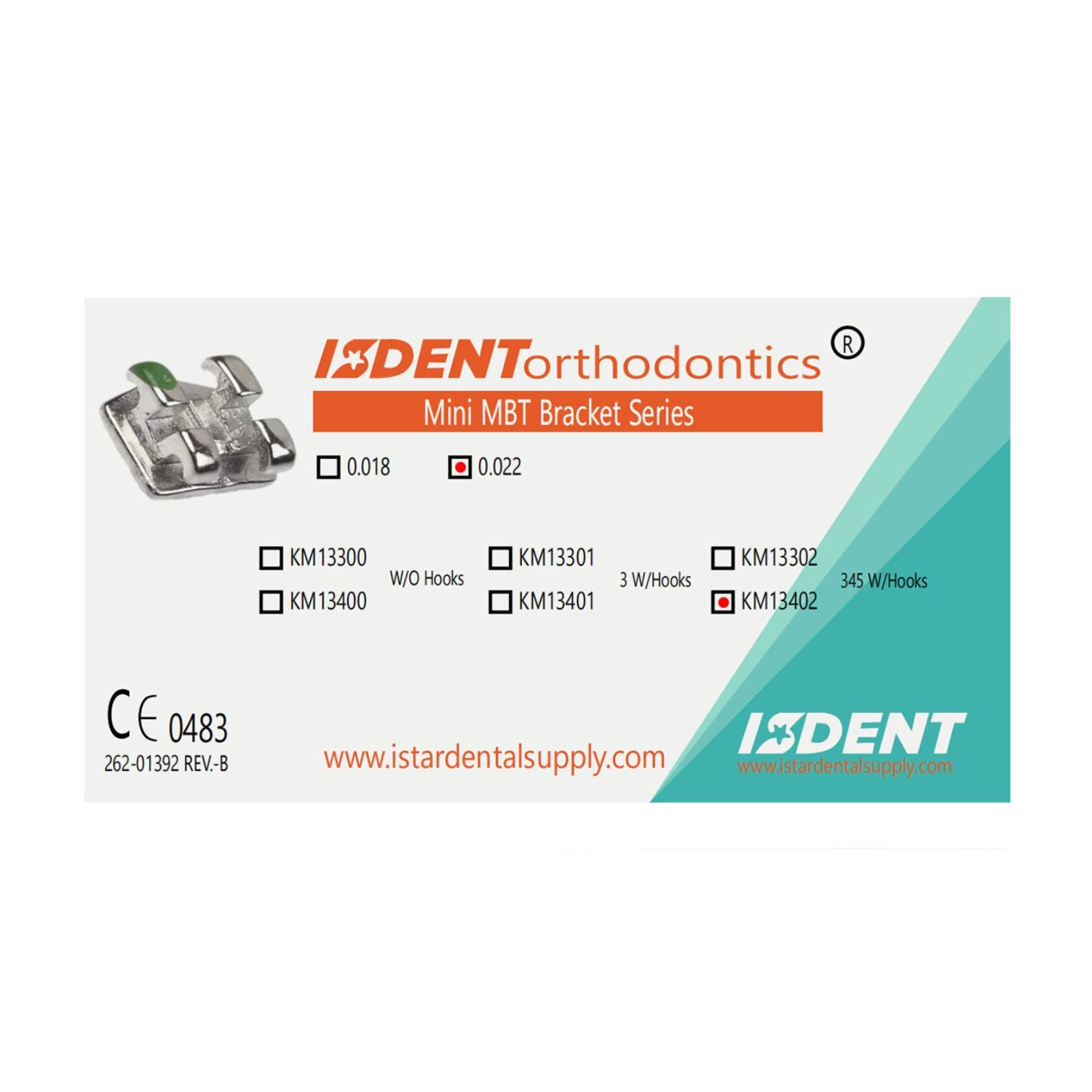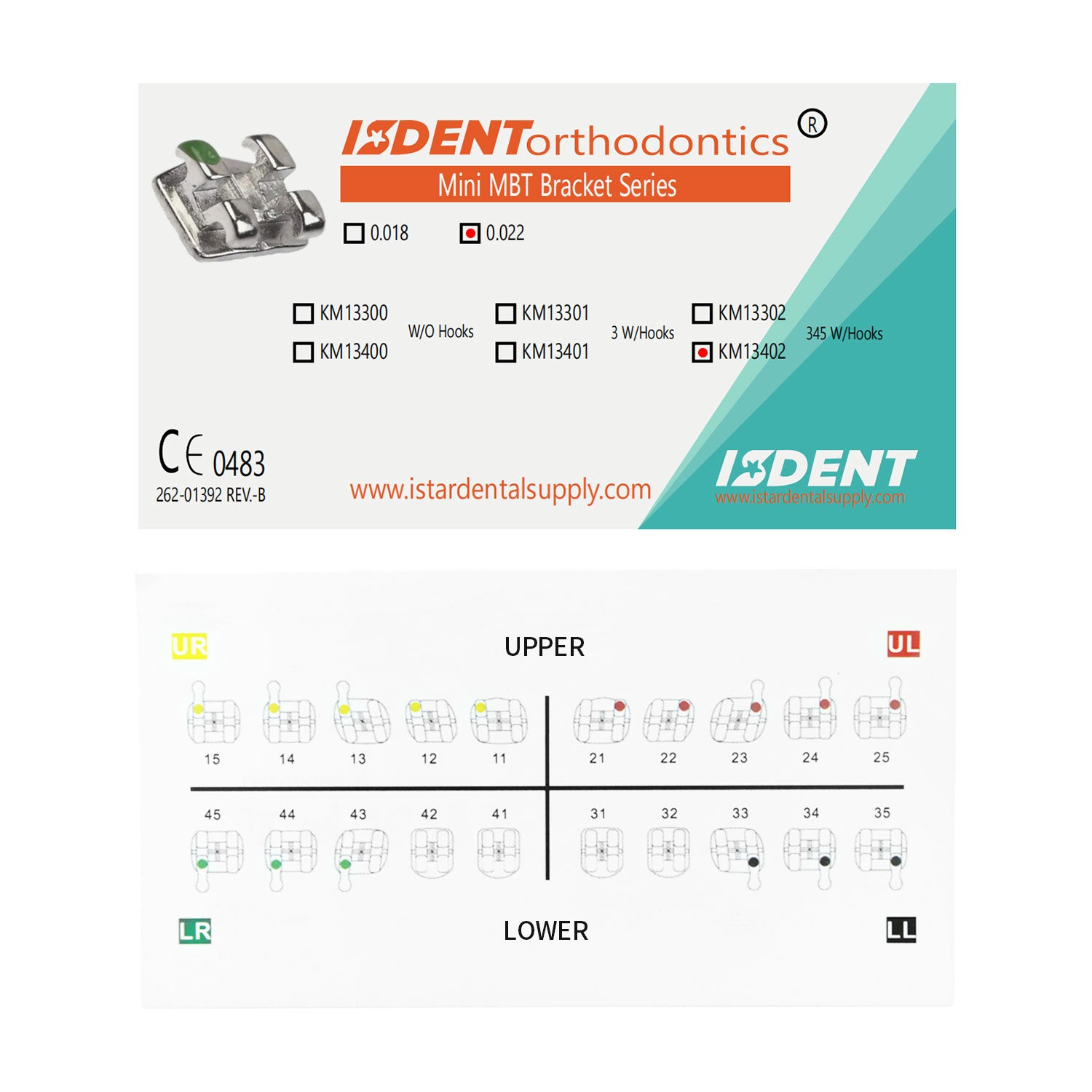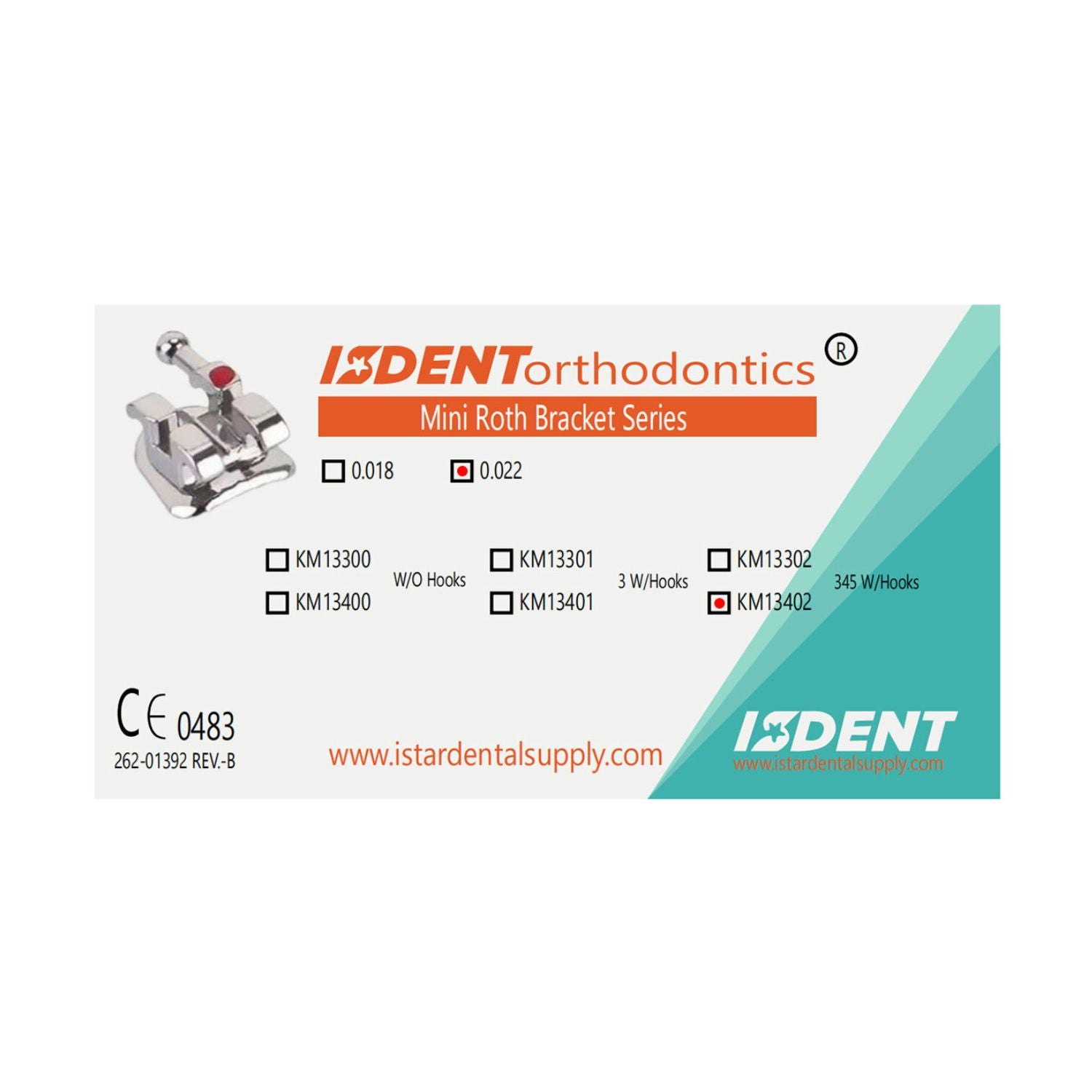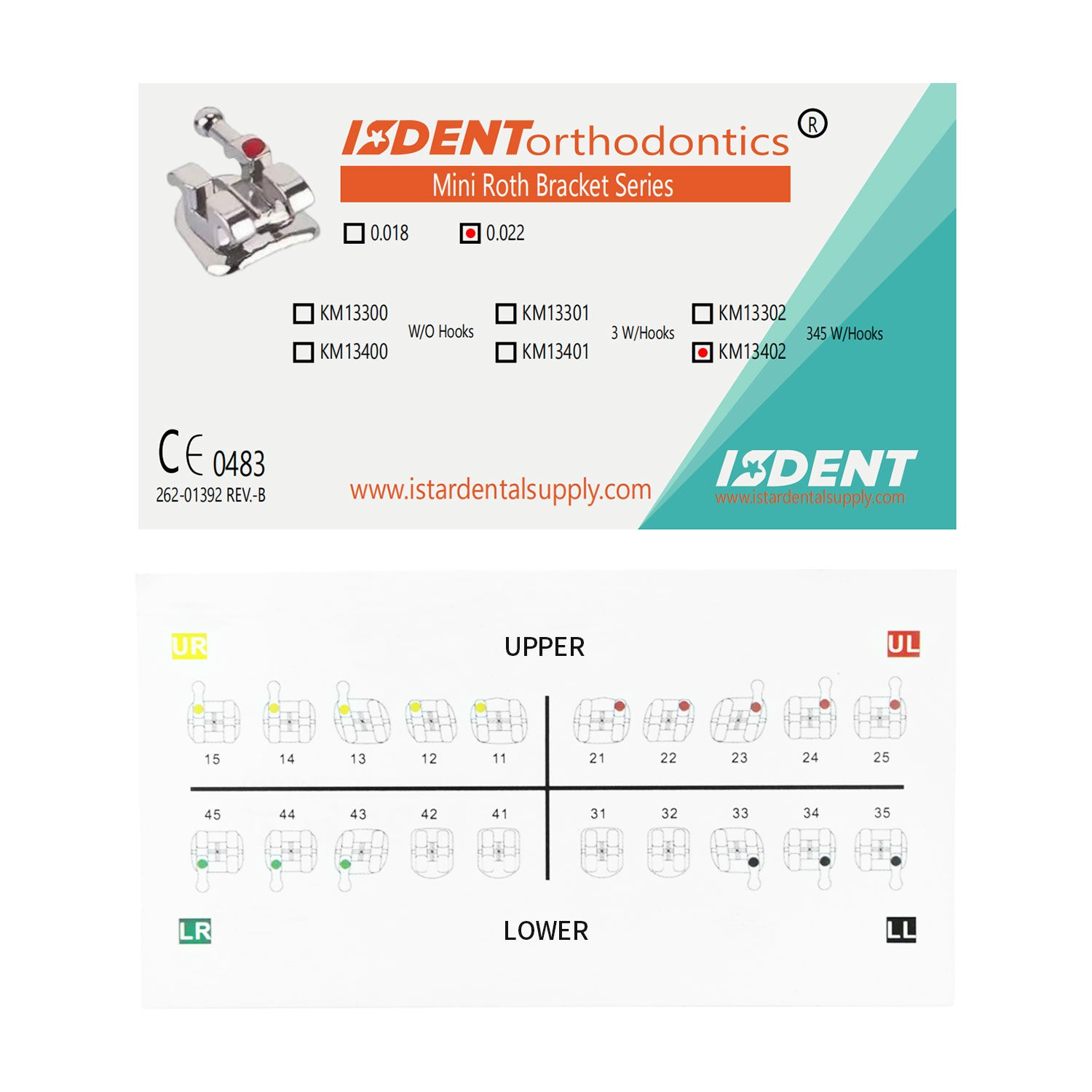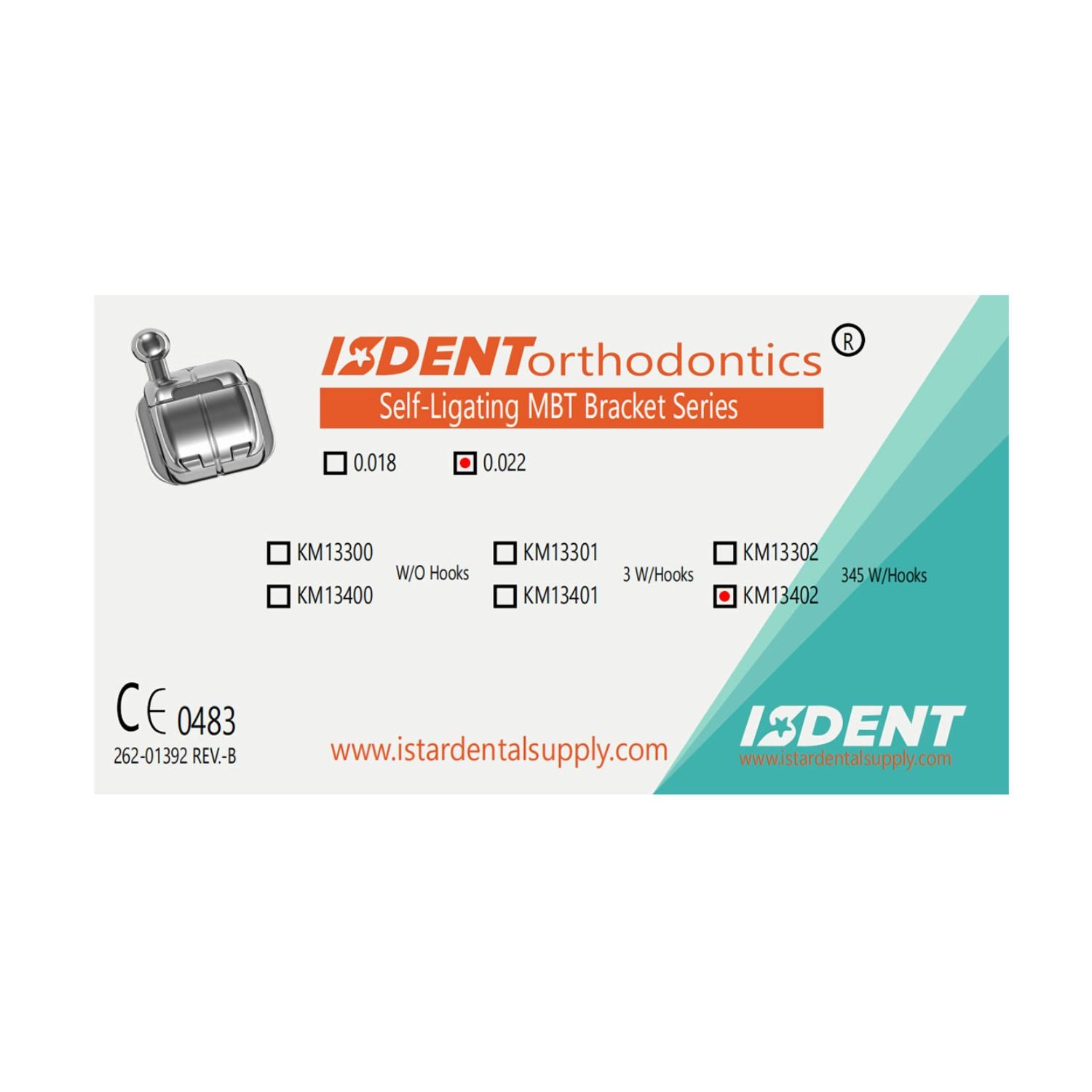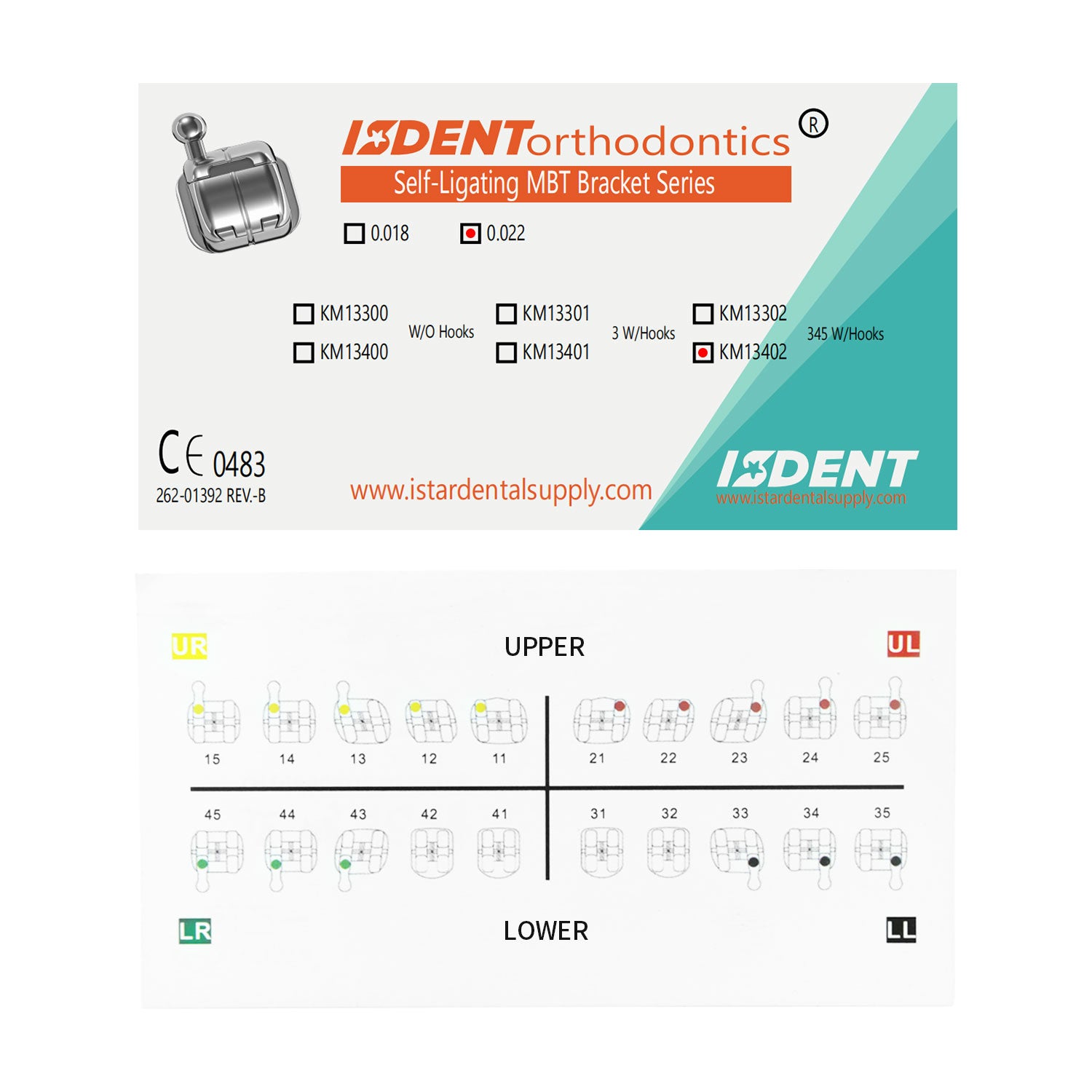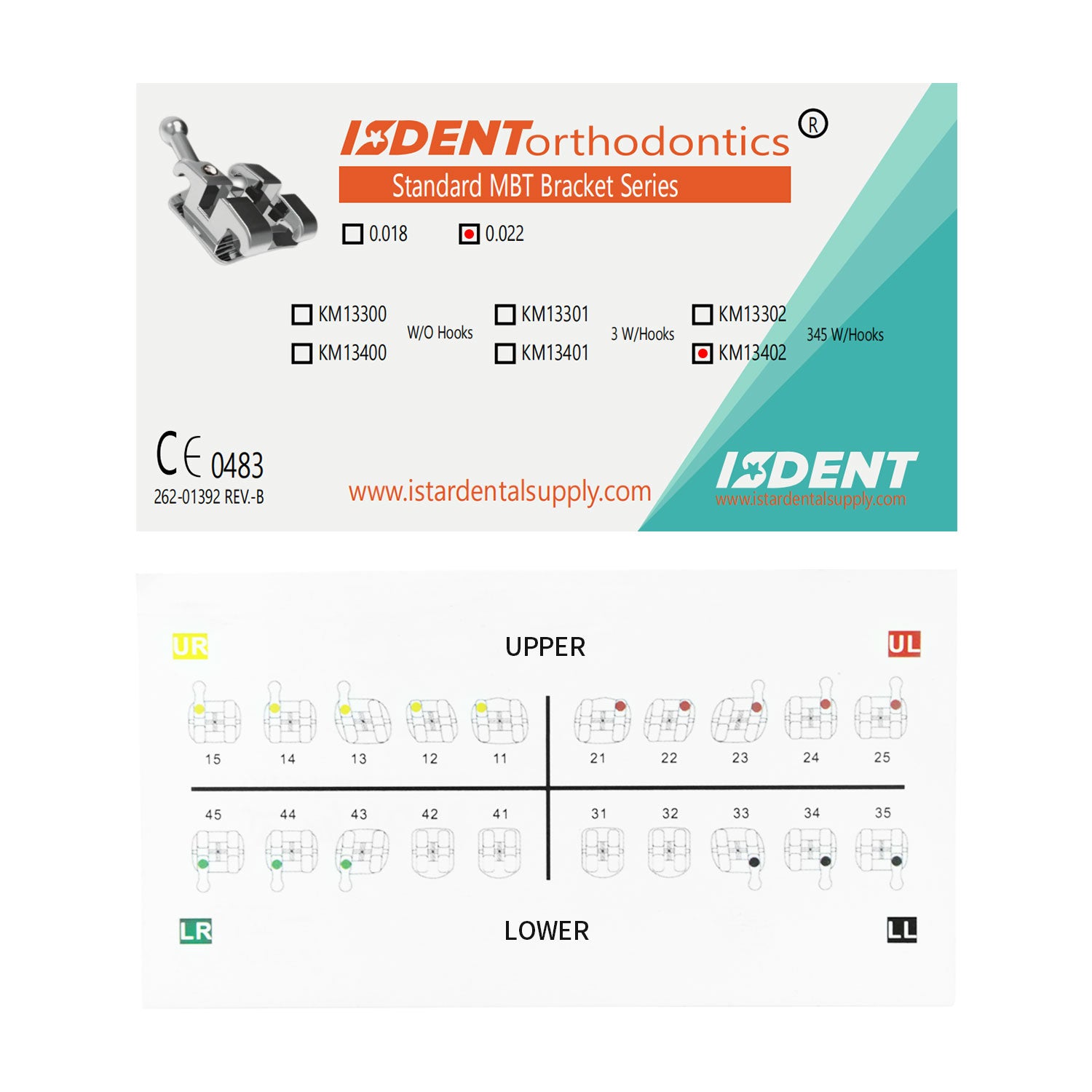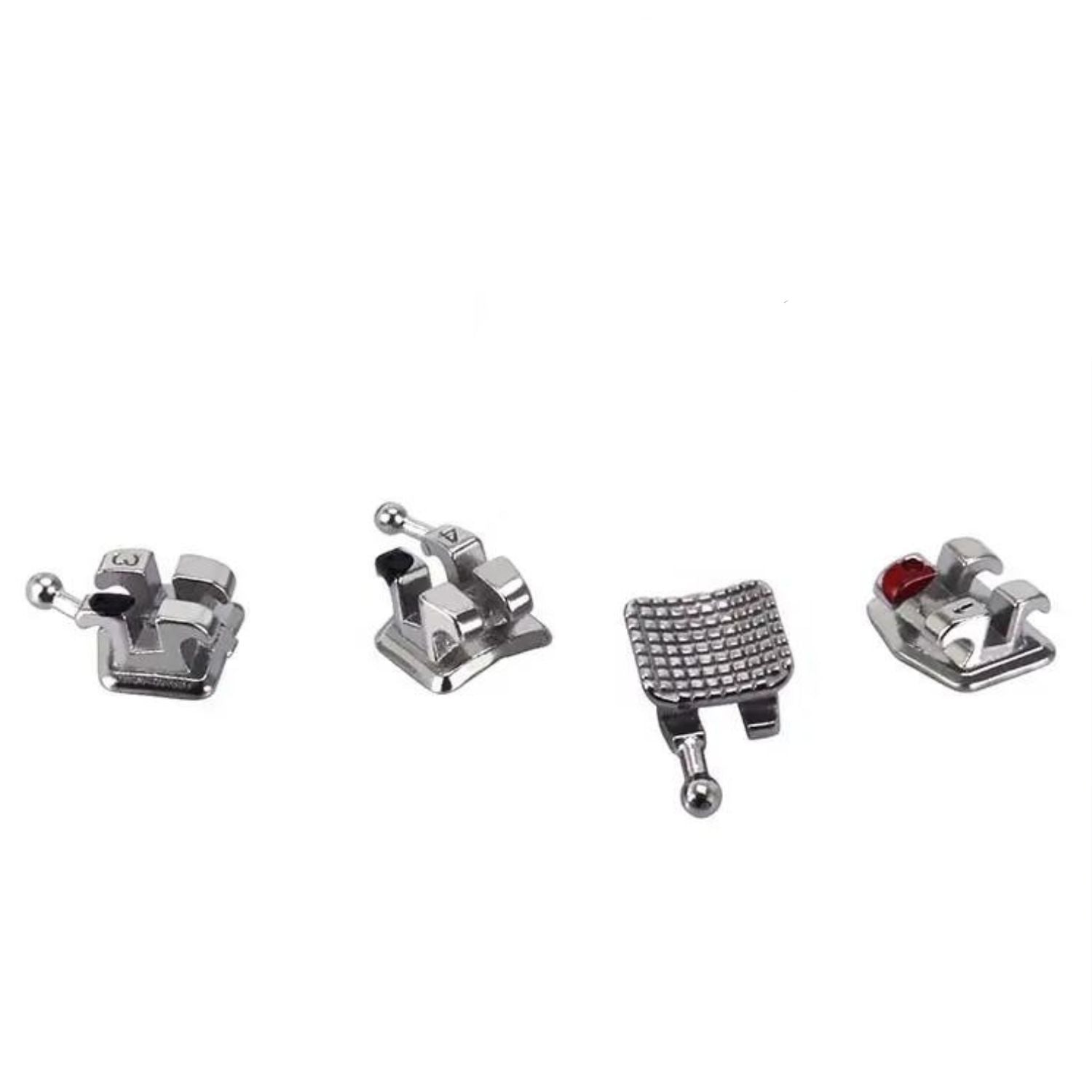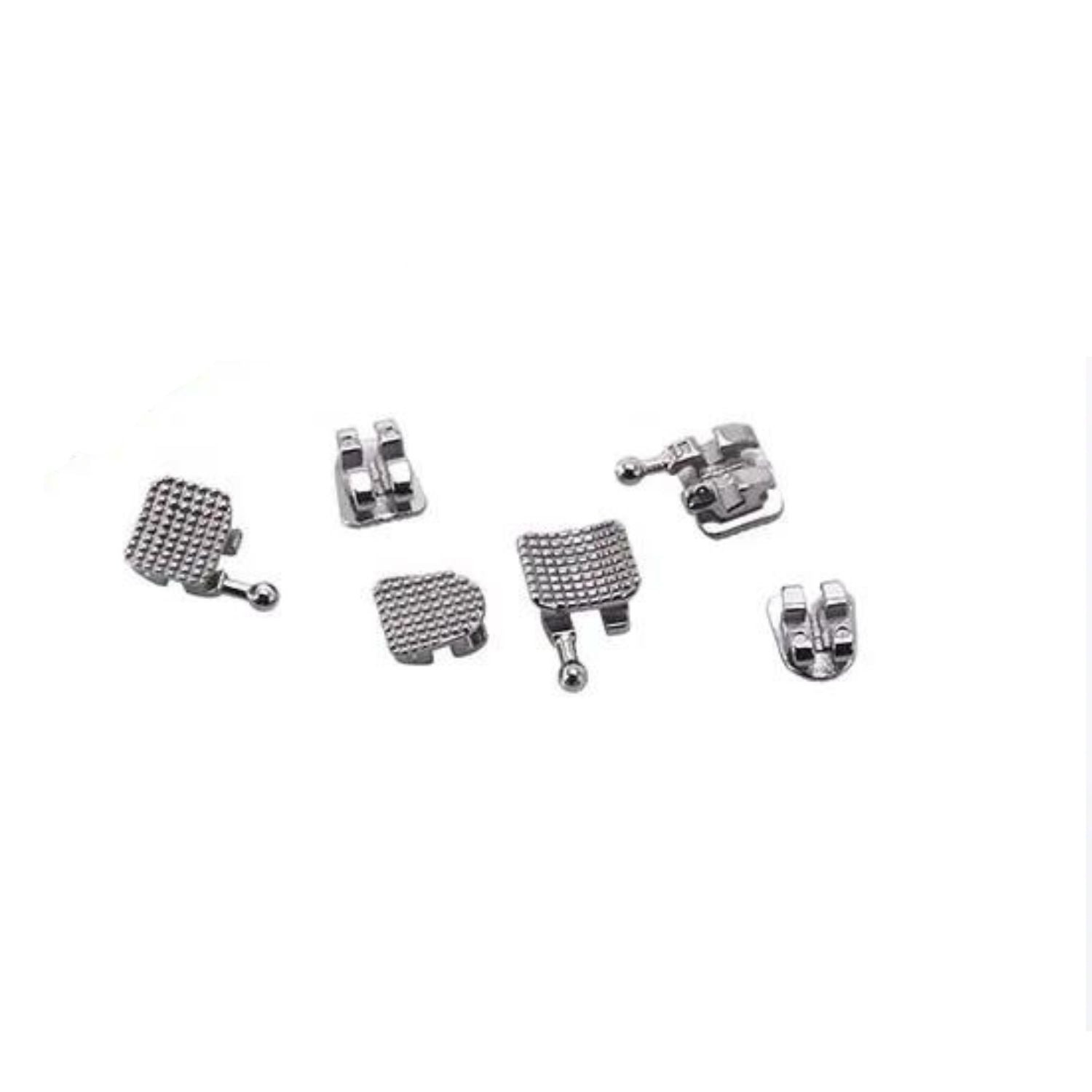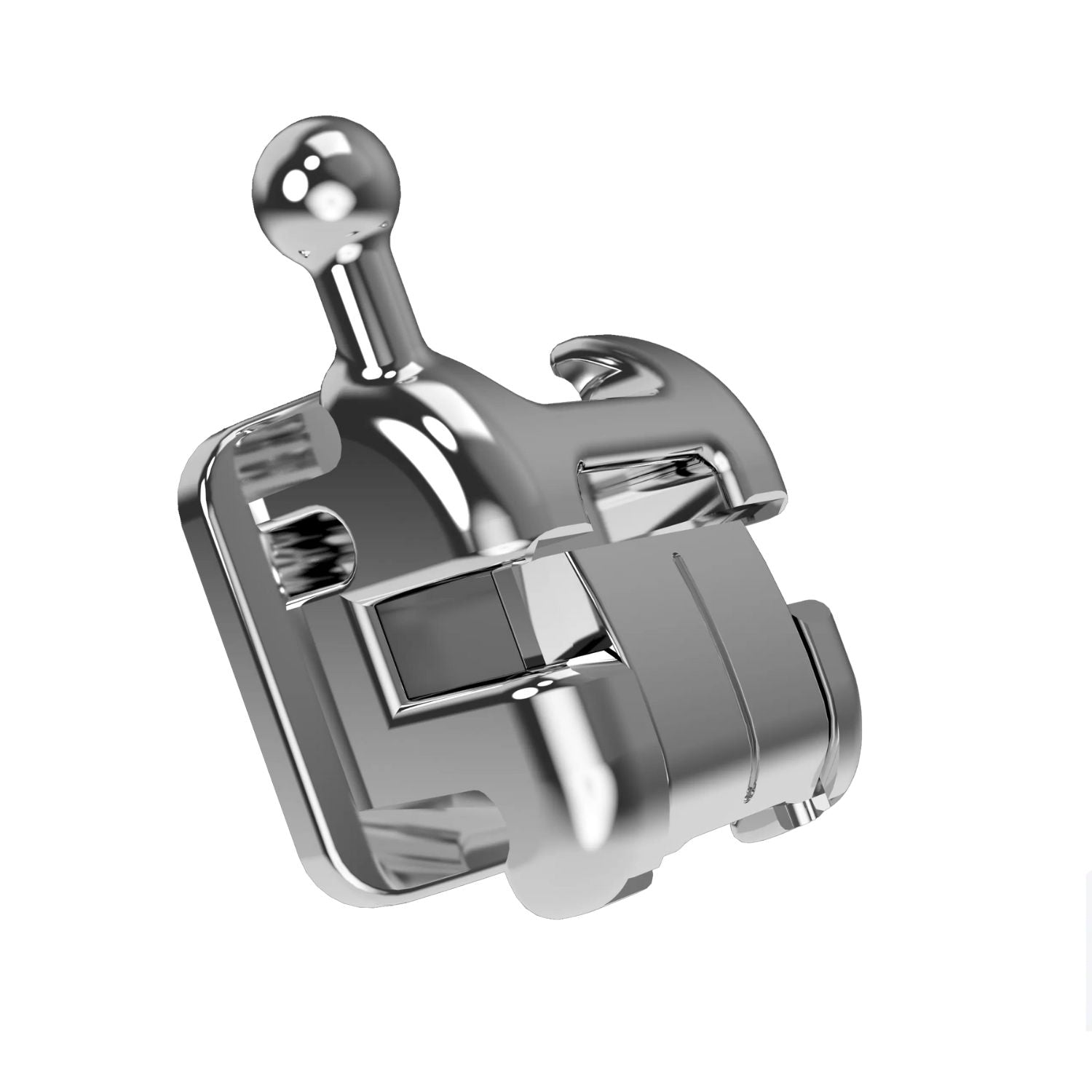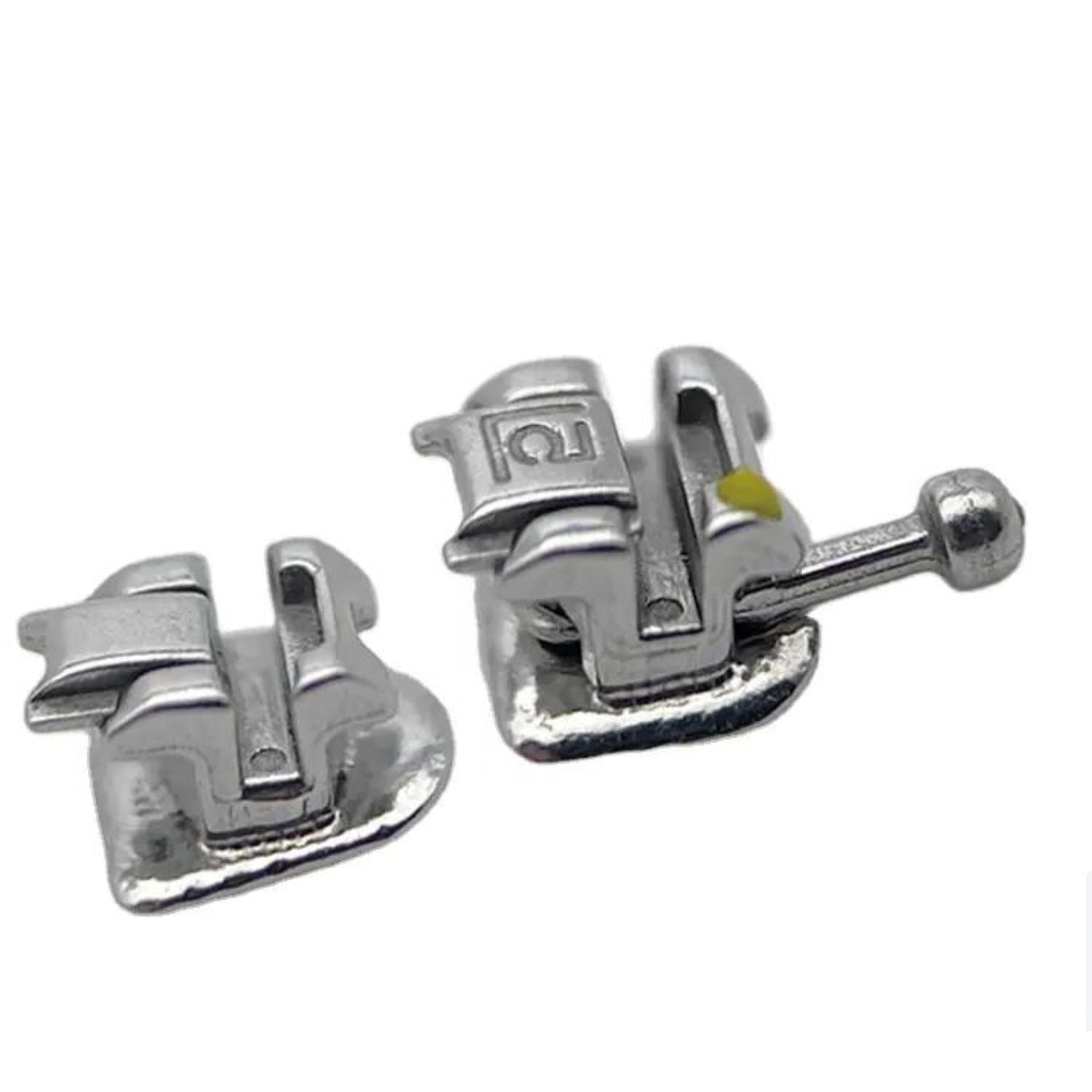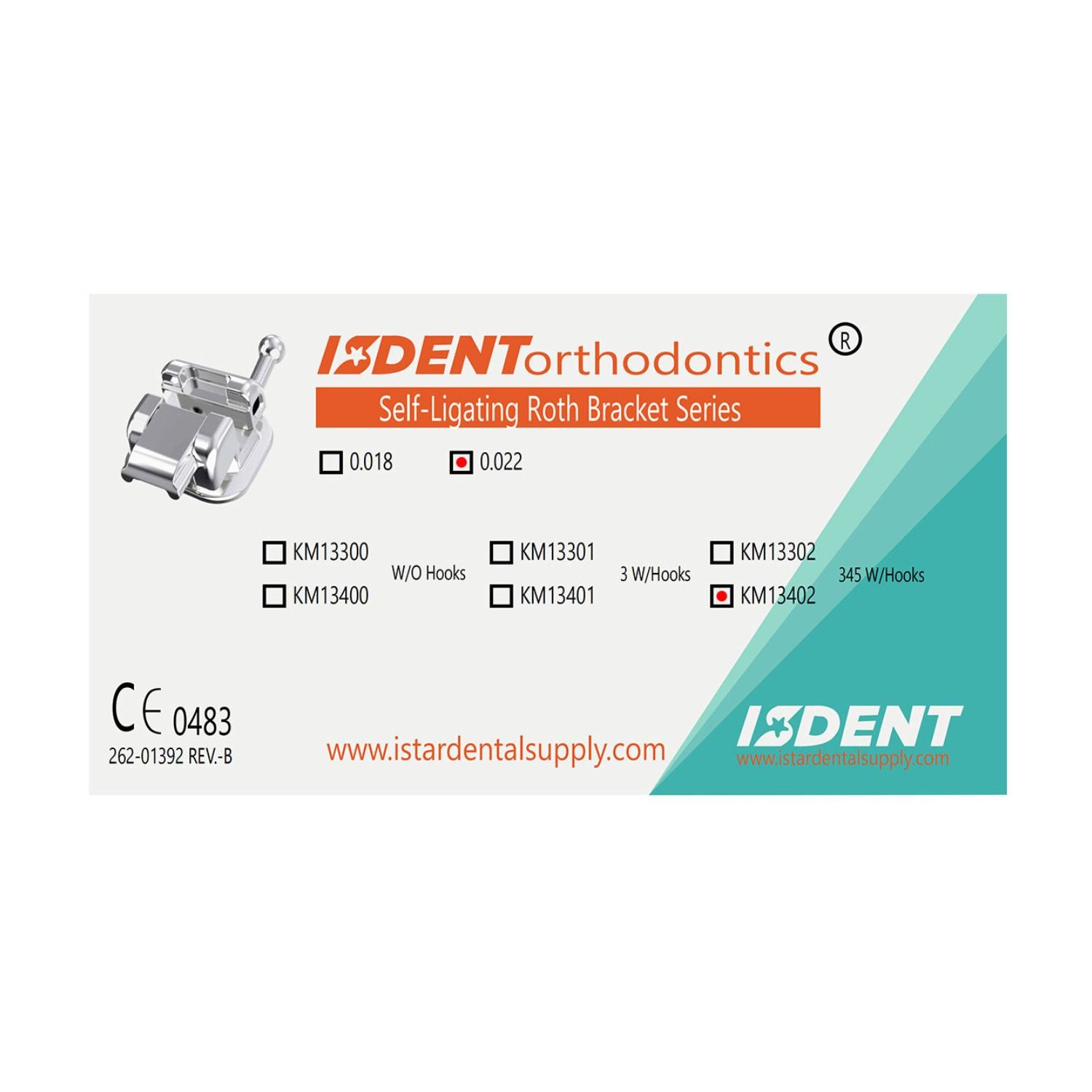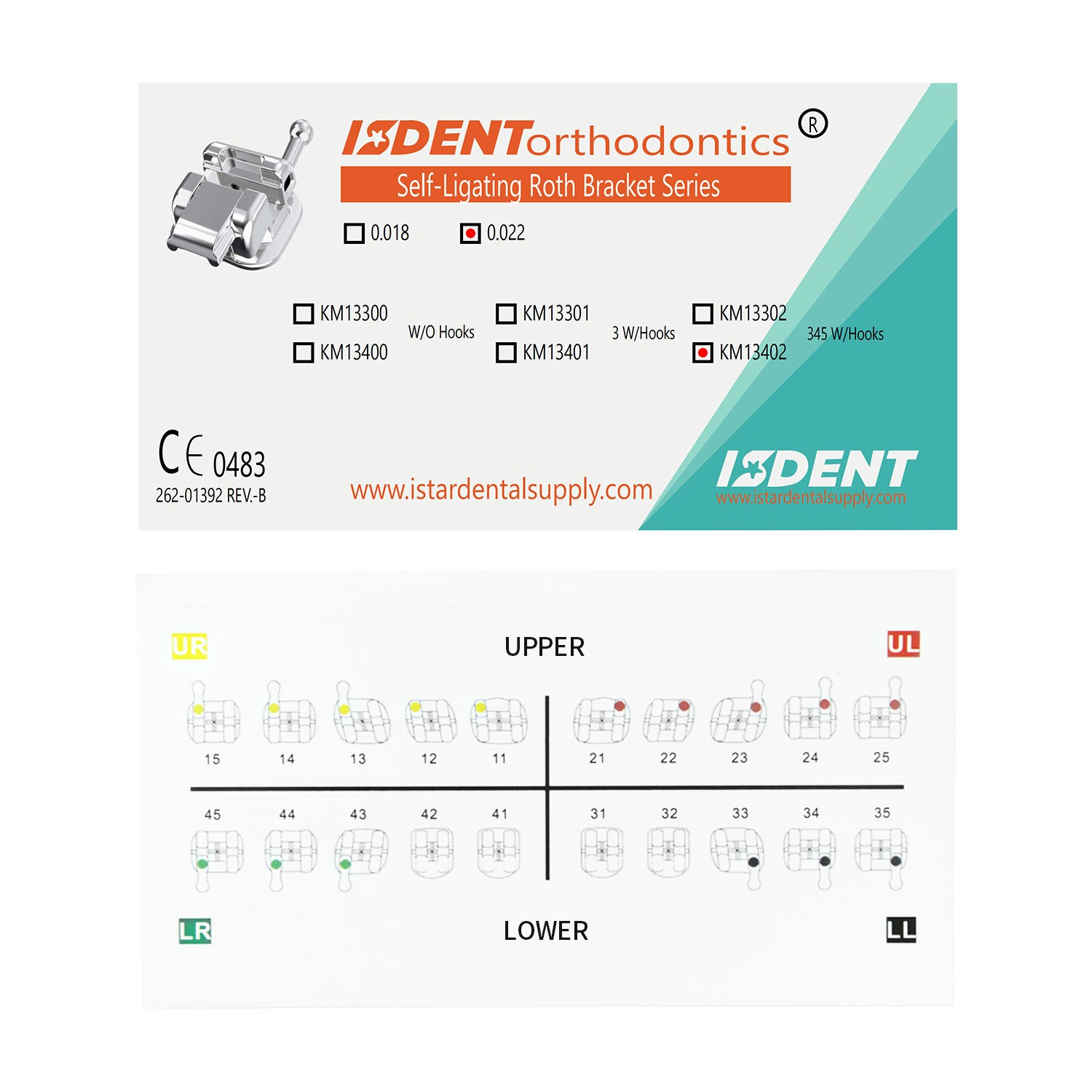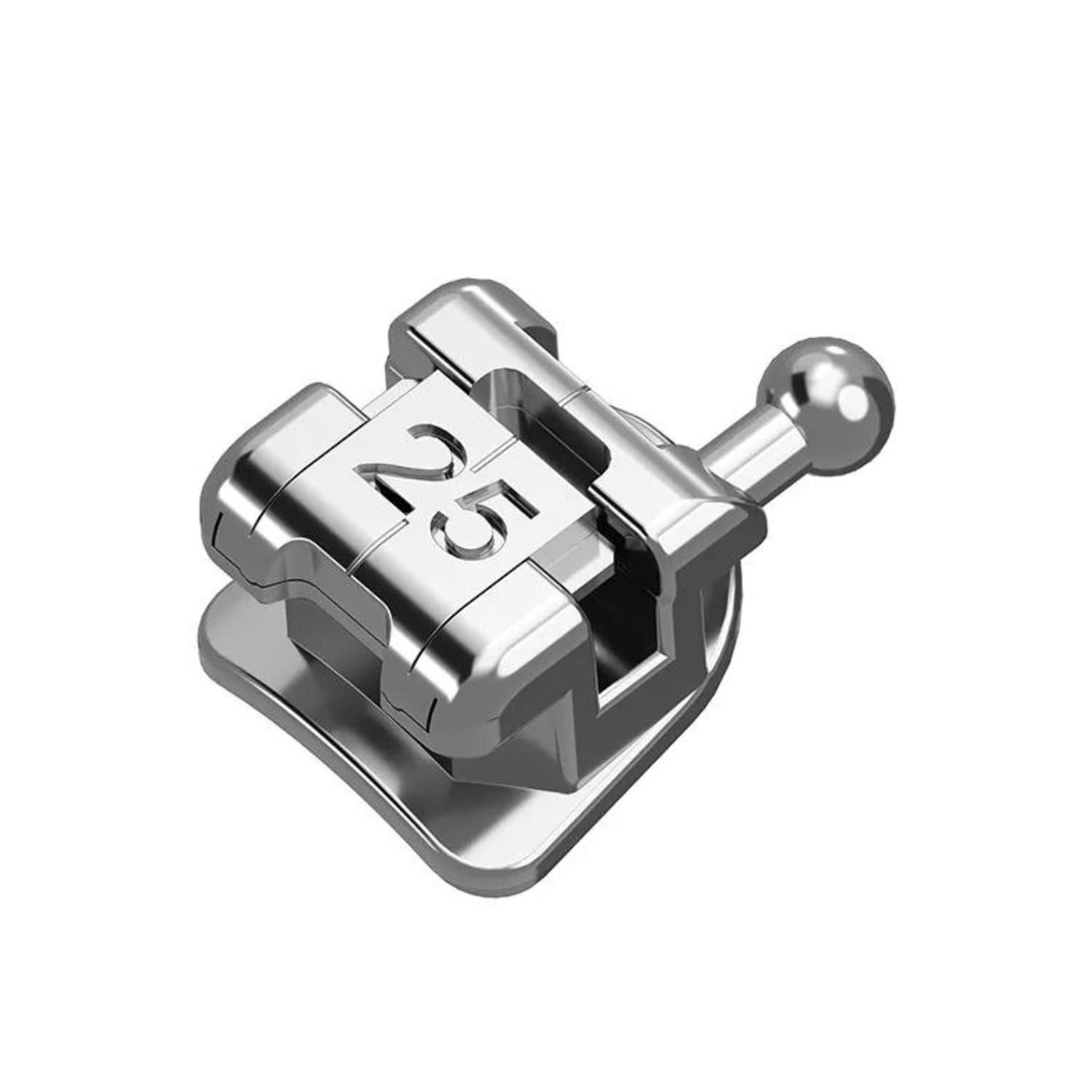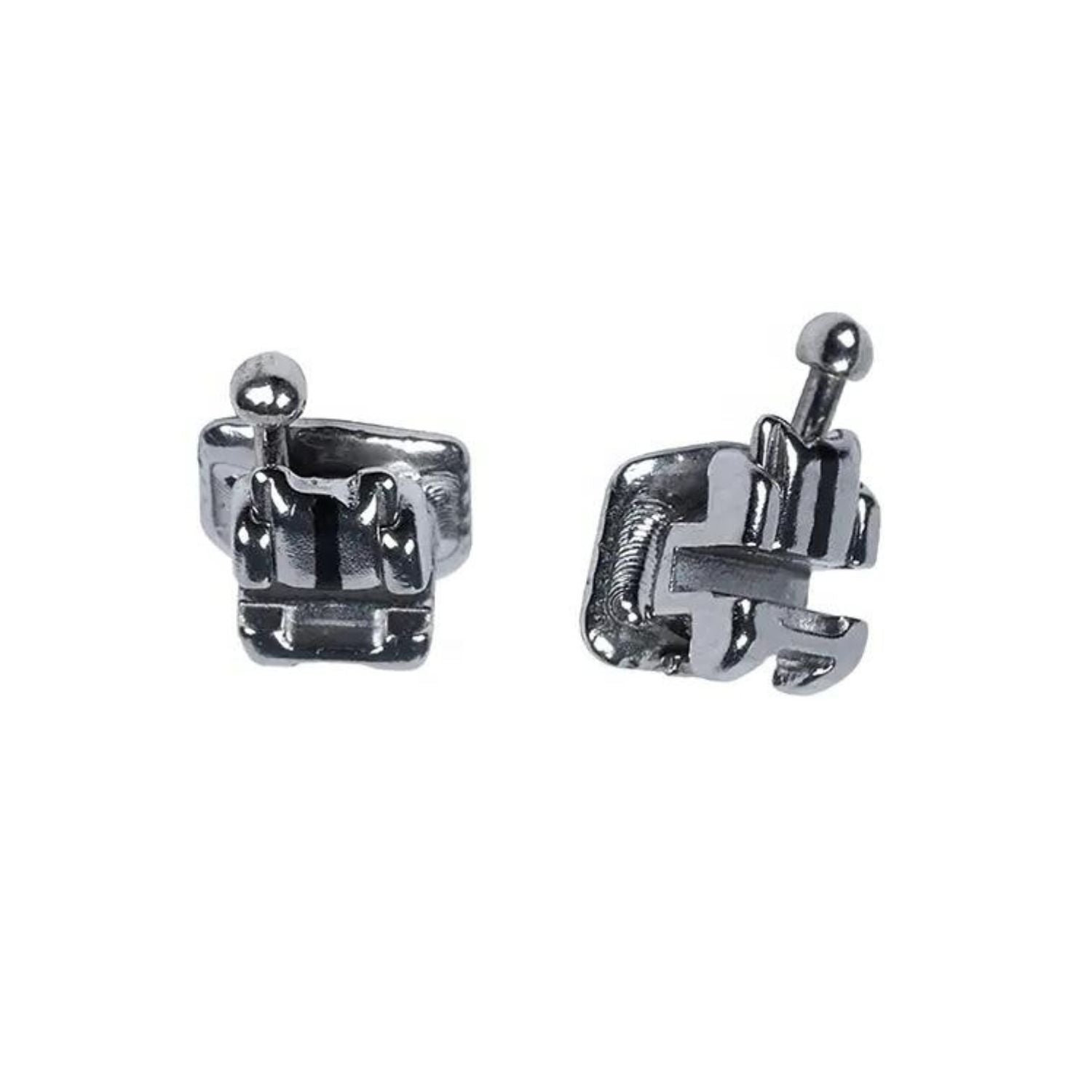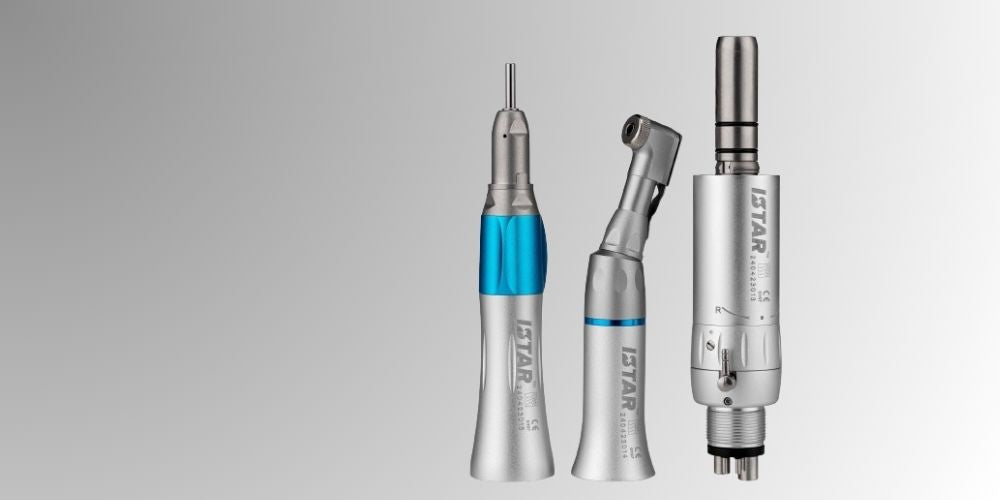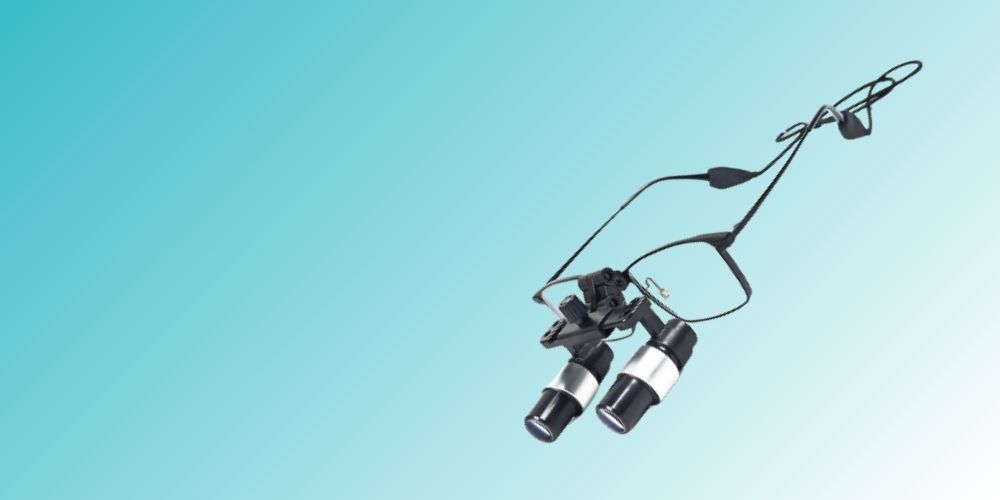
Istar Metal Dental Braces
Istar offers top-quality orthodontic metal brackets, including edgewise, MBT, Roth, and self-ligating options, providing durable, efficient, and comfortable solutions for precise tooth alignment.
Key Features
Durability and Precision
Made from high-quality materials, Istar metal brackets provide exceptional strength and precise control, ensuring reliable and long-lasting performance.
Comfort Design
Featuring smooth, rounded edges, Istar metal braces minimize irritation to the patient's cheeks and gums, offering greater comfort throughout the treatment.
Aesthetic Appeal
Istar traditional metal braces are designed with a sleek, polished finish for a more discreet appearance, allowing patients to feel more confident during treatment.
Efficient Tooth Movement
With advanced engineering, Istar braces metal provide enhanced torque and control, facilitating faster, more efficient tooth alignment and reducing treatment time.
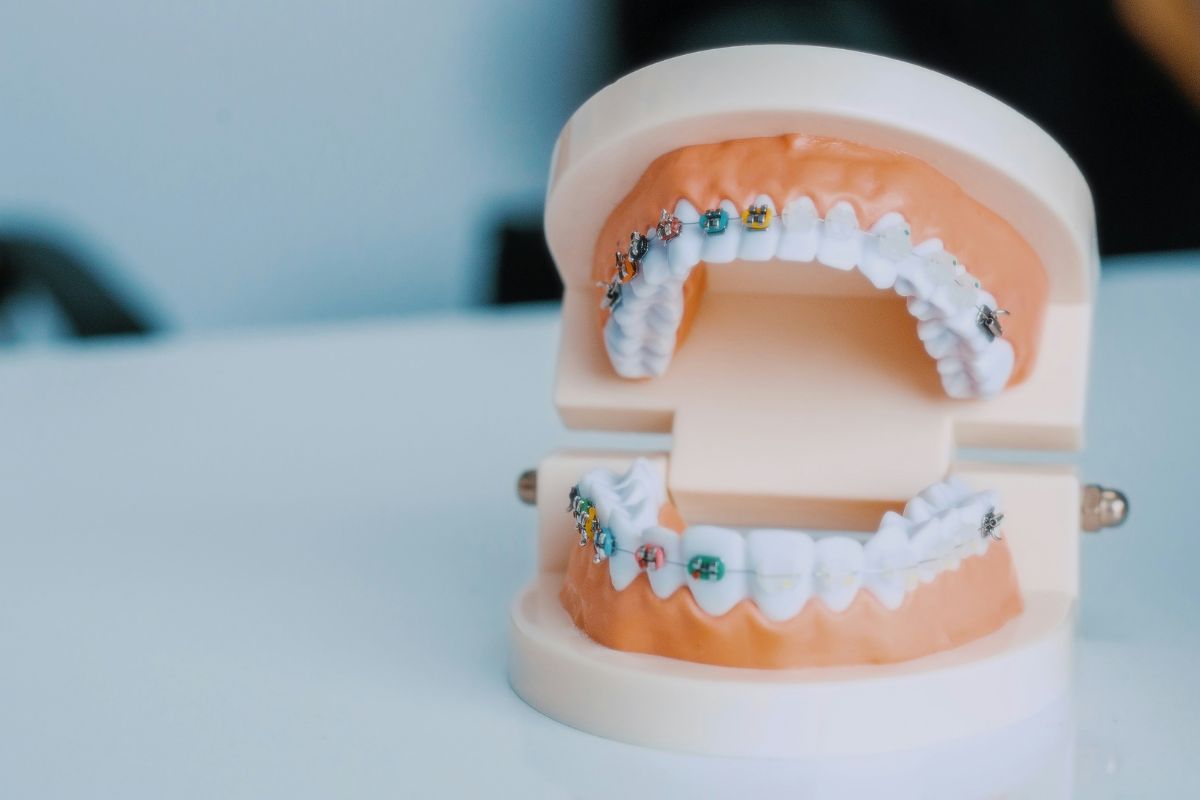
Types of Metal Braces
Metal braces can be categorized into several types according to their design and construction.
Based on design, metal mouth braces can be categorized into self ligature braces and non self ligating braces.
According to the structure, they can be categorized into mbt bracket, edgewise bracket and roth bracket, each of which has its own advantages and functions.
Benefits of Metal Dental Braces
Metal braces orthodontics have several key advantages, including durability and effectiveness.
Thanks to their metal composition, they are resistant to breakage during the patient's orthodontic treatment, making them a reliable choice even for complex cases.
Compared to other types of braces, such as ceramic braces or clear aligners, metal braces are more cost-effective while still delivering excellent results.
They ensure continuous pressure for steady tooth movement and can be customized with colored bands for a personalized touch.

FAQ of Braces Metal
The price of metal dental braces depends on its brand, material and design.
For example, brackets from well-known brands such as 3M Unitek, Ormco, American Orthodontics, etc. will be more expensive than those from lesser-known brands, even if they are of the same material and quality.
The material is also an important factor in the price of metal braces orthodontics.
Usually dentists use cheap and durable stainless steel metal braces for their patients, but for some special patients' oral conditions or requirements, they also use titanium, nickel-titanium or gold alloy braces. Since these metals themselves are more expensive, the brackets made from them will also cost more.
Different designs of metal braces for teeth can also lead to inconsistencies in their prices.
Different designs of metal brackets, such as self-ligating brackets and non-self-ligating brackets, will affect the ease of handling and patient comfort.
The primary difference between self-ligating metal braces and non-self-ligating metal braces lies in how the archwire is secured to the brackets and how this affects the orthodontic treatment. Here’s a breakdown of the key distinctions:
1. Mechanism of Wire Attachment:
Self-Ligating Braces: These braces have built-in clips or sliding mechanisms on the brackets that hold the archwire in place, eliminating the need for elastic or metal ties.
This allows the archwire to move more freely, reducing friction and potentially speeding up tooth movement.
Non-Self-Ligating Braces: These traditional braces require elastic bands (ligatures) or metal ties to secure the archwire to each bracket.
The ligatures add friction, which can slow down tooth movement compared to self-ligating systems.
2. Friction and Comfort:
Self-Ligating Braces: Because they don’t rely on elastics, self-ligating braces create less friction between the archwire and the brackets. This can result in more comfortable treatment for the patient and may reduce the need for frequent adjustments.
Non-Self-Ligating Braces: The use of ligatures creates additional friction, which can sometimes result in slower tooth movement and slightly more discomfort as the teeth adjust to the increased pressure.
3. Adjustment Frequency:
Self-Ligating Braces: With less friction and better movement, patients often require fewer orthodontic appointments for adjustments, potentially leading to shorter overall treatment time.
Non-Self-Ligating Braces: Regular adjustments are needed as the elastic bands wear out and lose tension, which can result in more frequent visits to the orthodontist.
4. Aesthetic and Hygiene:
Self-Ligating Braces: Since they don’t require elastic bands, they may be easier to clean, reducing plaque build-up around the brackets.
They also have a more streamlined look, which some patients find more aesthetically pleasing.
Non-Self-Ligating Braces: The elastic ligatures can trap food particles and plaque, which may require extra care during brushing and flossing. However, they allow for customization with colored bands, which can be a fun option for younger patients.
5. Cost:
Self-Ligating Braces: These braces tend to be more expensive than traditional ones due to the advanced technology and design of the brackets.
Non-Self-Ligating Braces: Typically less expensive because the system is simpler, relying on elastic ties to secure the wire.
Metal brackets come in various materials, including common options like stainless steel, titanium alloy, nickel-titanium alloy, and gold alloy.
Stainless steel brackets are durable and cost-effective, while titanium alloy brackets are lighter and ideal for patients with nickel allergies.
Nickel-titanium alloy offers shape memory and superelasticity, and gold alloy brackets are known for their excellent corrosion resistance and biocompatibility.
Since the brackets all function the same way and are consumable, most people currently use the most cost-effective stainless steel metal brackets.
Any question?
If we still haven't answered your question, you can contact us below and we will get back to you as soon as possible.

